A few years ago, I bought a silver kettle. Only problem is, it leaked. The part where the spout connects to the body was falling apart, so while it was ok to make, say, matcha with it, since matcha doesn’t require a lot of water, it was impossible to use the kettle for Chinese tea, when I need full pots of water. The joint was visibly cracked.
So for the past two years, the kettle’s been sitting in a tomobako, waiting to see the light of day. I almost forgot about it at one point. It’s hard looking for a silversmith — the few I did find in real life didn’t handle this type of work.
I knew the work had to be done, sooner or later, and finally worked up the time to do some research to find someone who can fix it. Some googling later, I decided on this guy, Jeffery Herman of Herman Silver. (Yes, this is a plug, because I liked the end result) I must say it took a bit of courage and trust — after all, you’re sending a valuable piece of silver to somebody you’ve never met, and you really have no idea how it’ll turn out, or if they’re even legitimate. I figured, though, that if he’s no good, I would be able to find something about it on the internet, and I couldn’t.
I finally got the kettle back today, after about two to three weeks of work. I must say I’m quite pleased.
Looking like new, and he even cleaned up the interior of the kettle, which had some yellow deposit. Most importantly, of course, he re-soldered the spout, and it no longer leaks.
It’s not the cheapest – $250 for all this work, but I am quite glad I did it, because now the kettle can serve its intended function again.

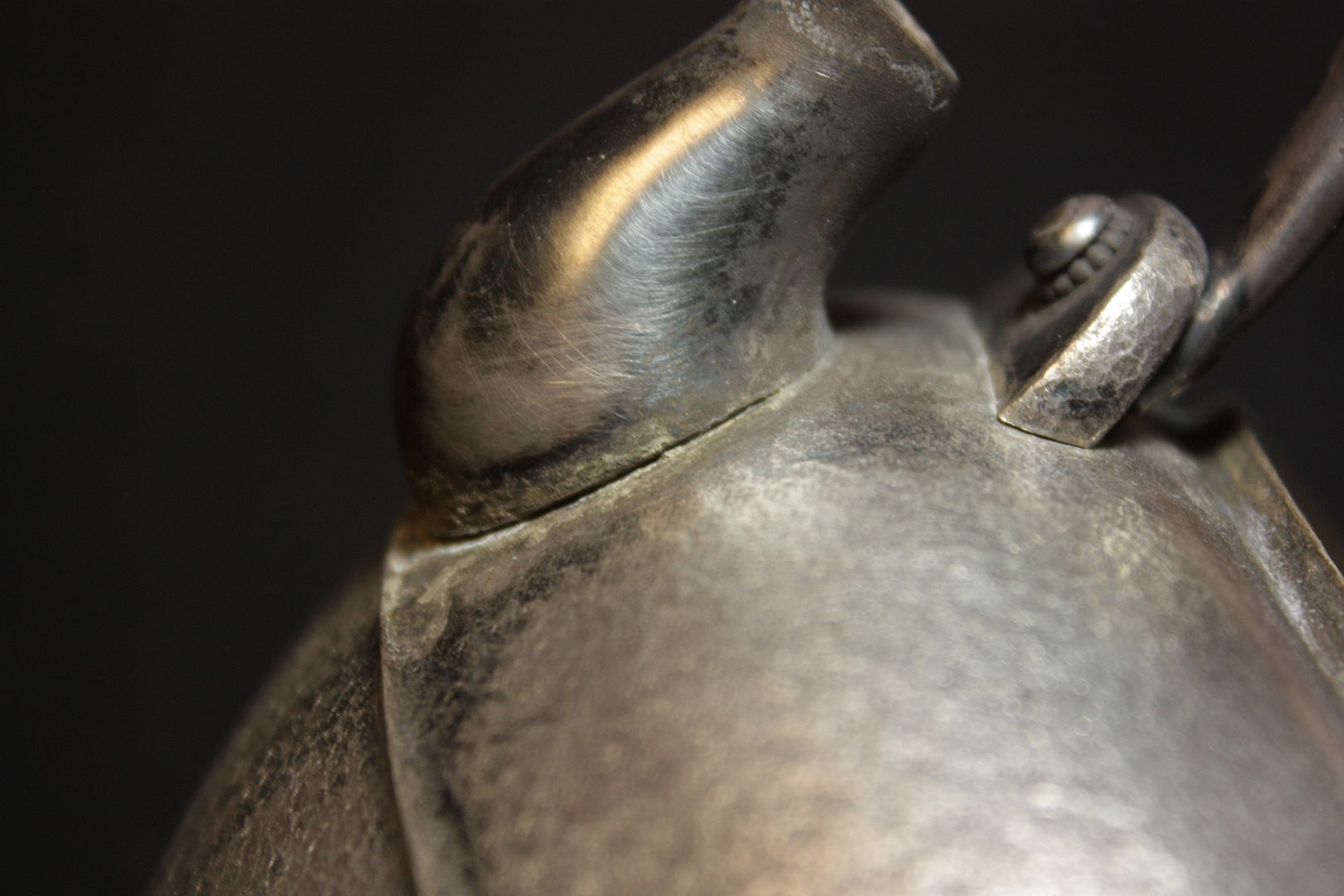
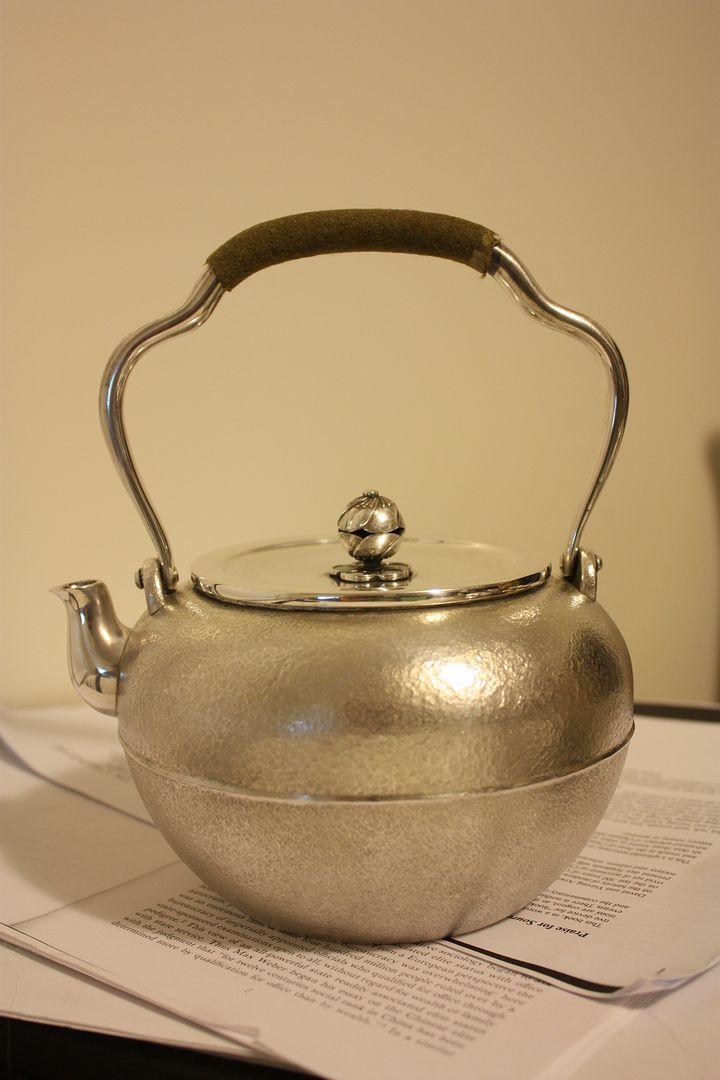
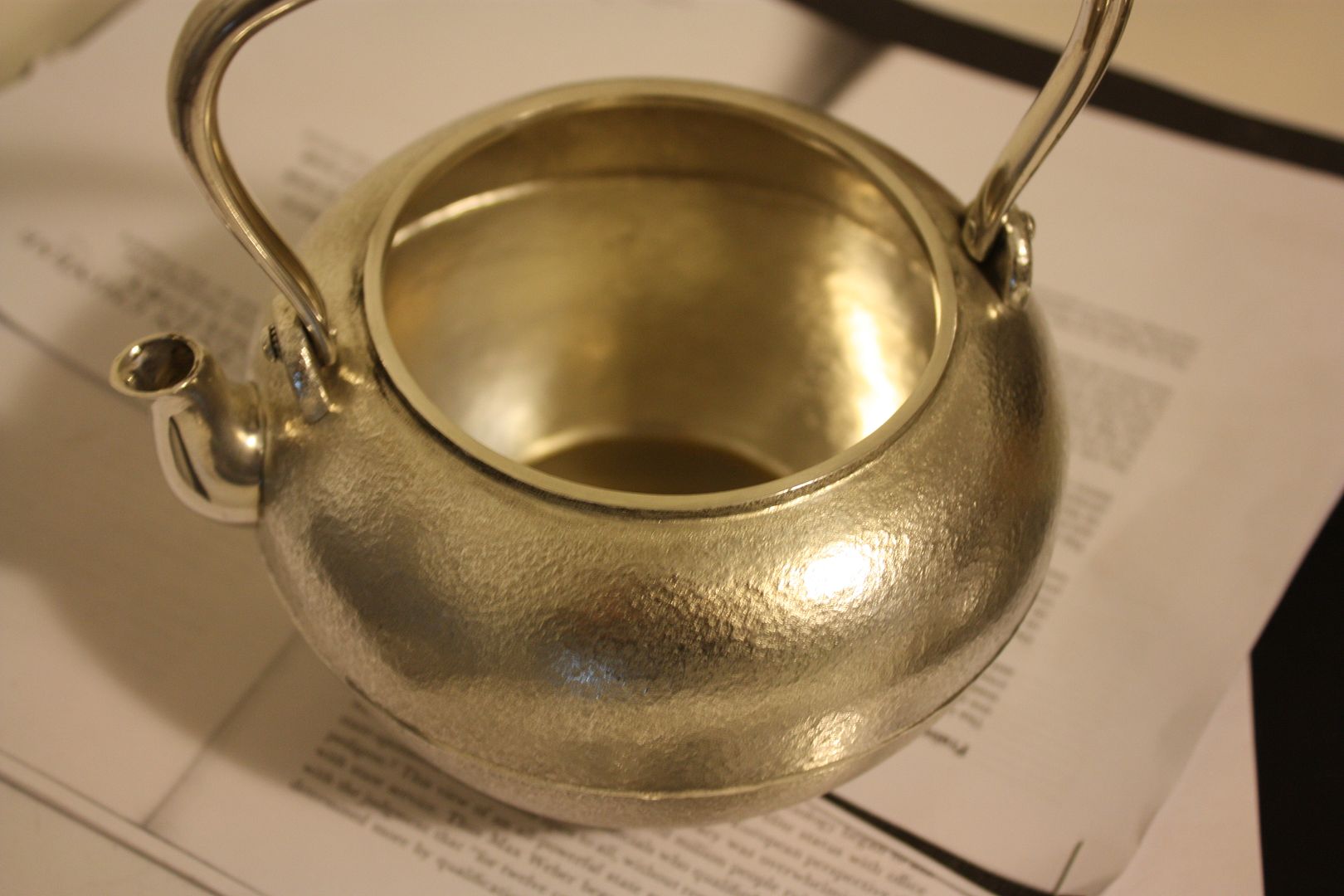
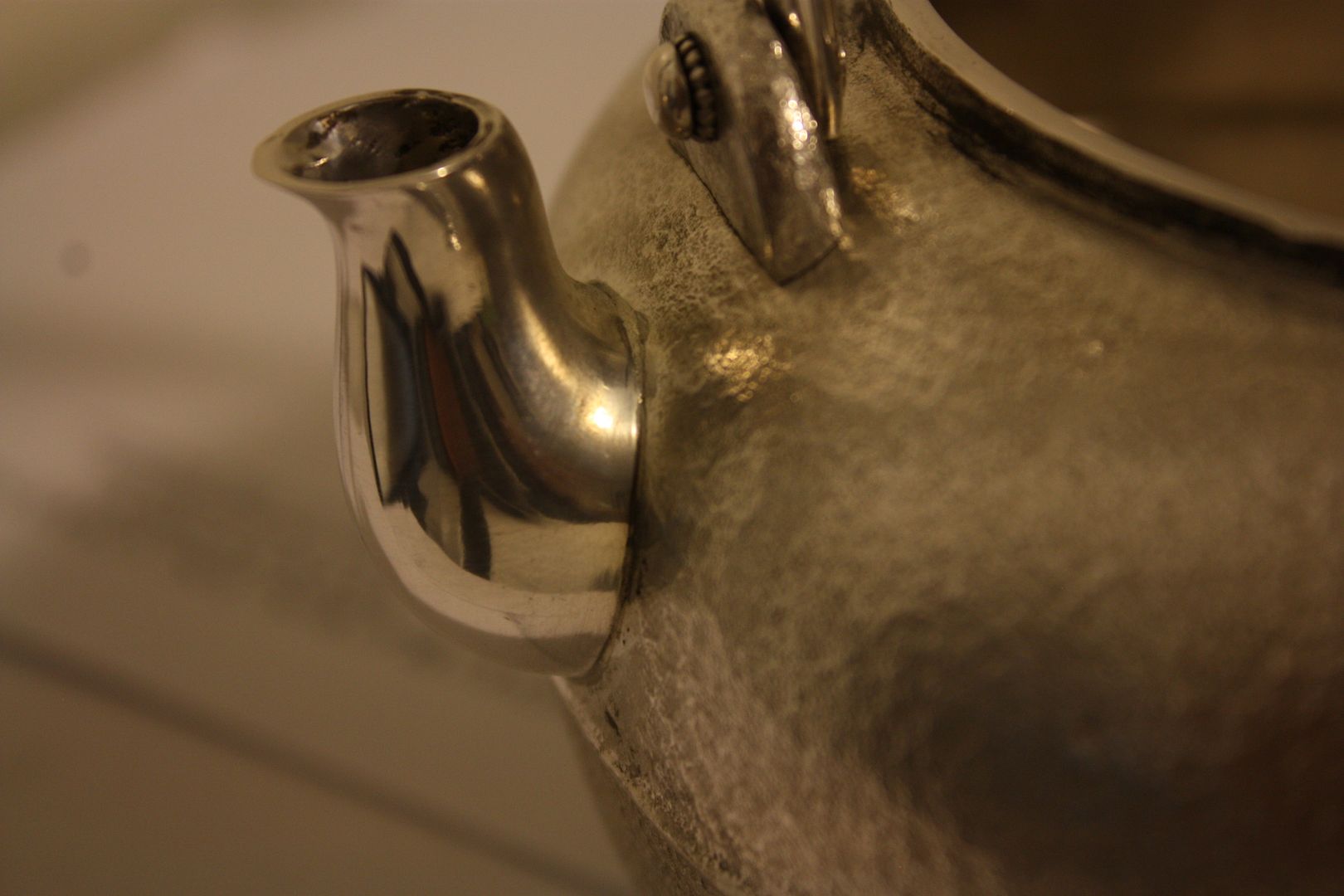
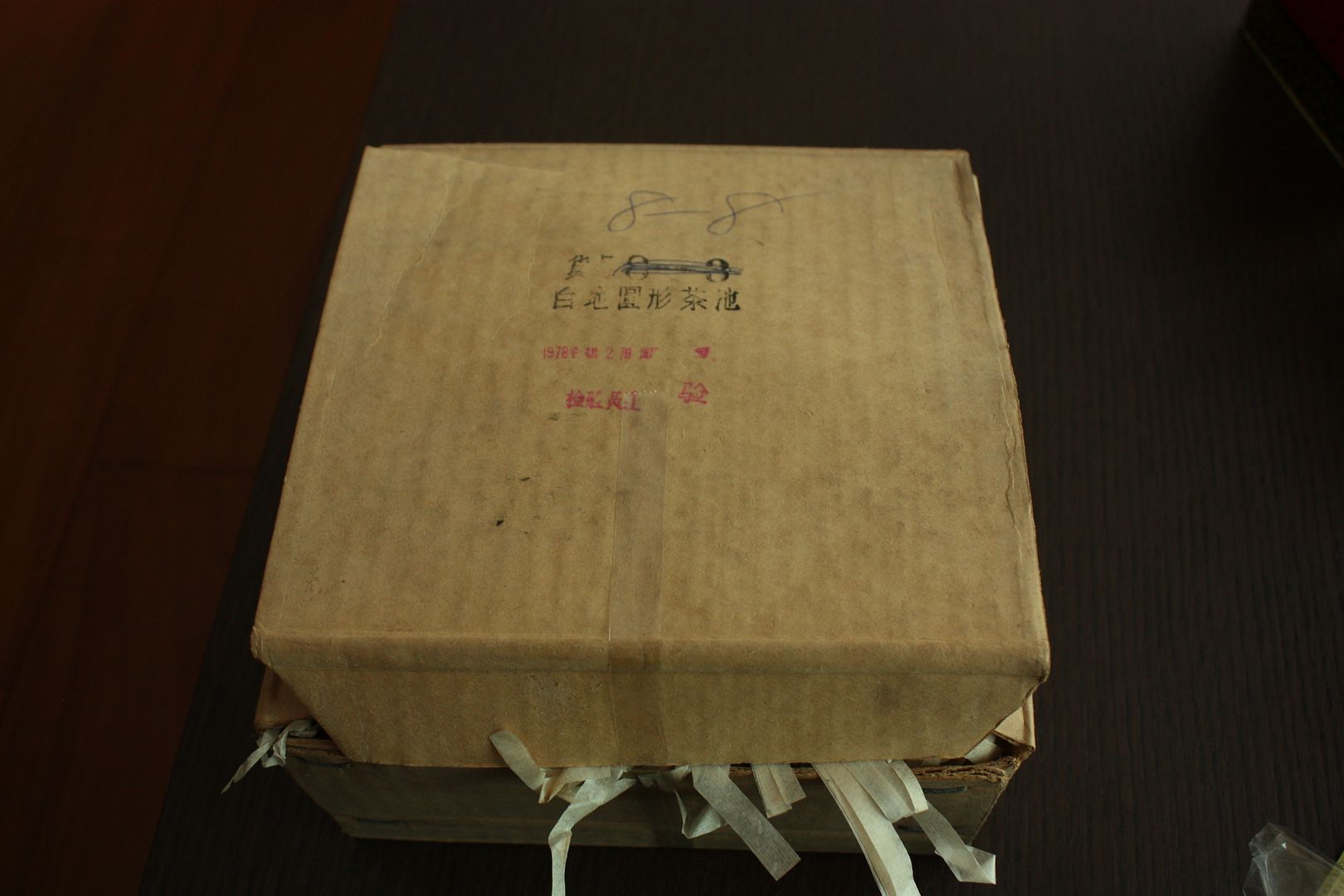
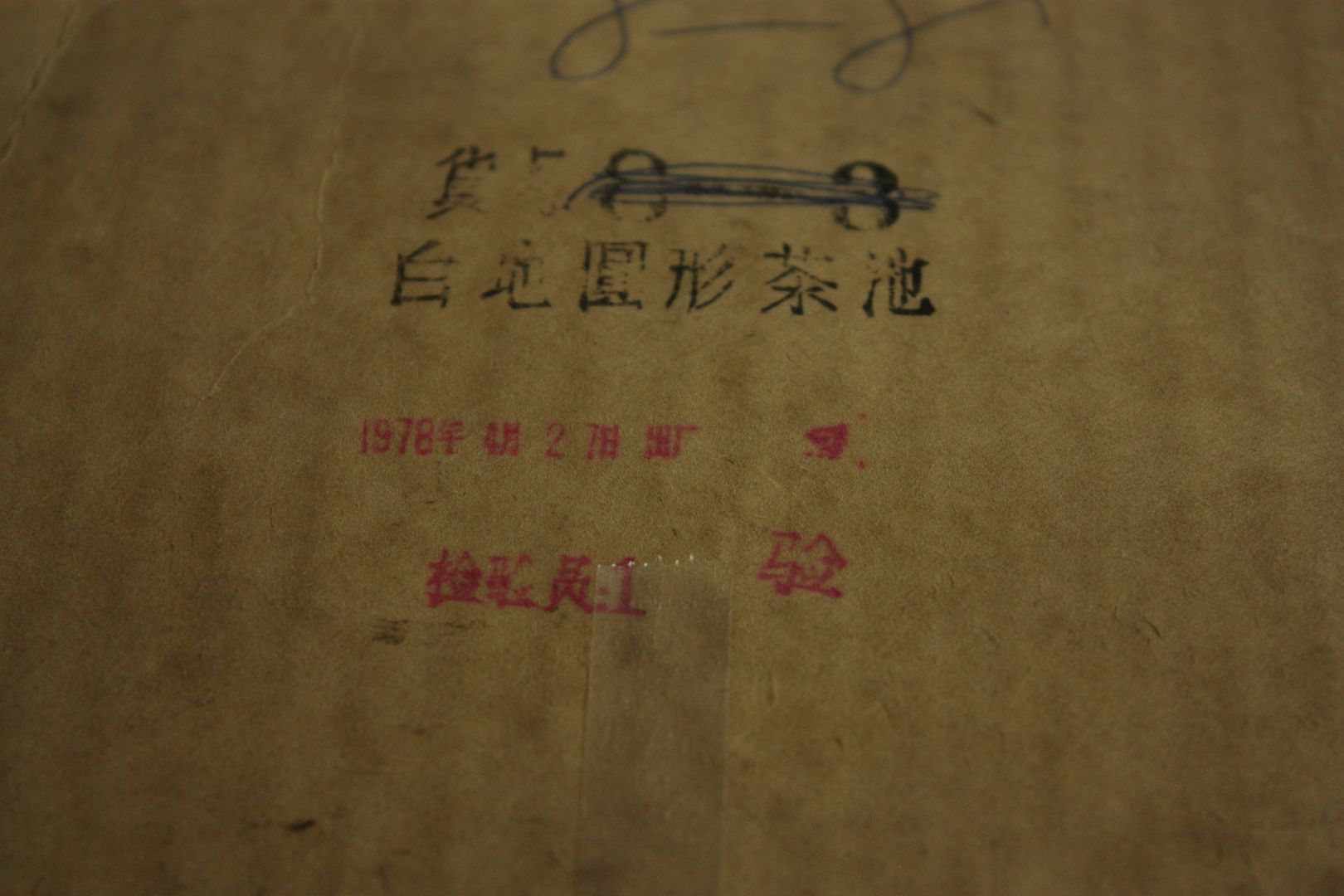
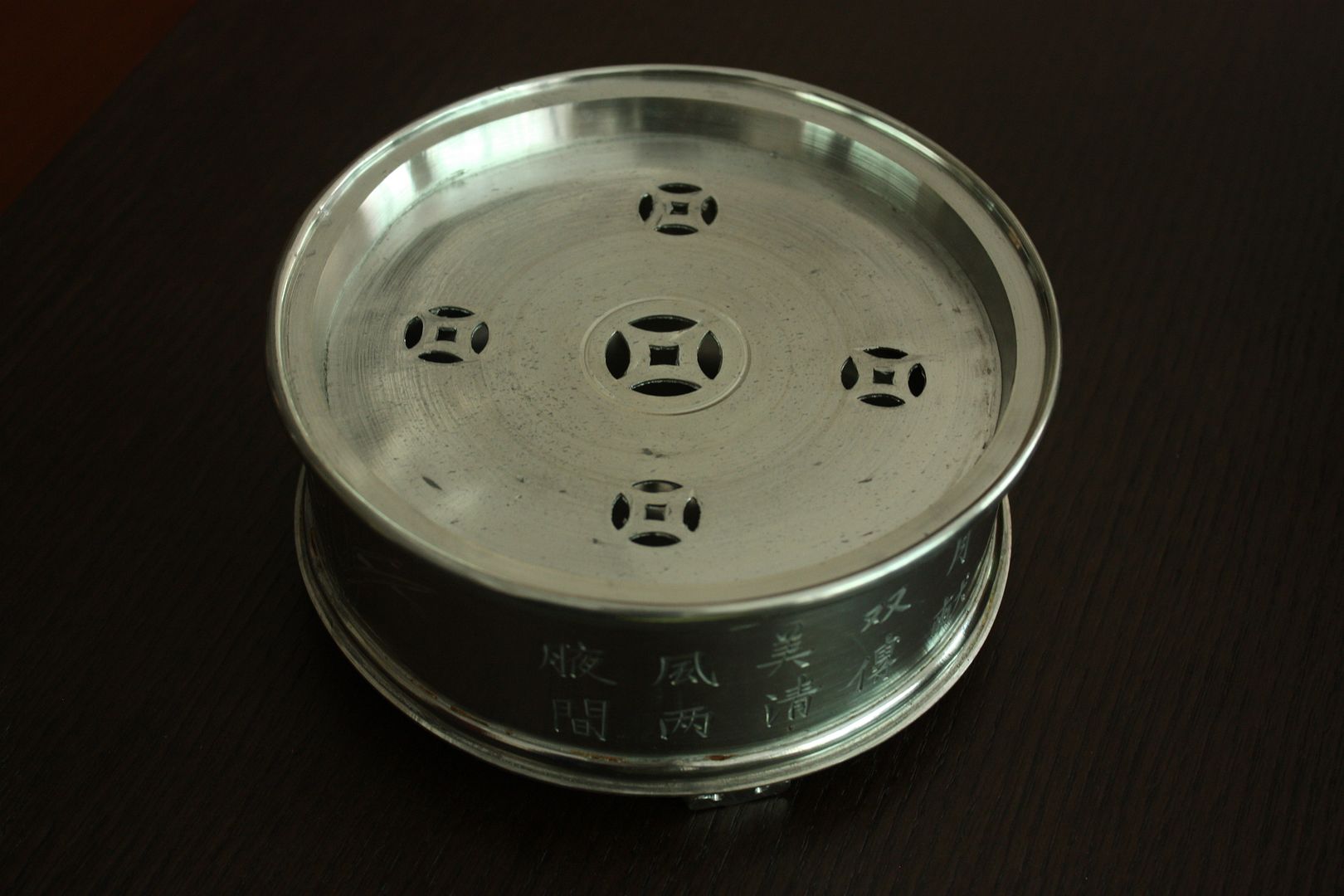
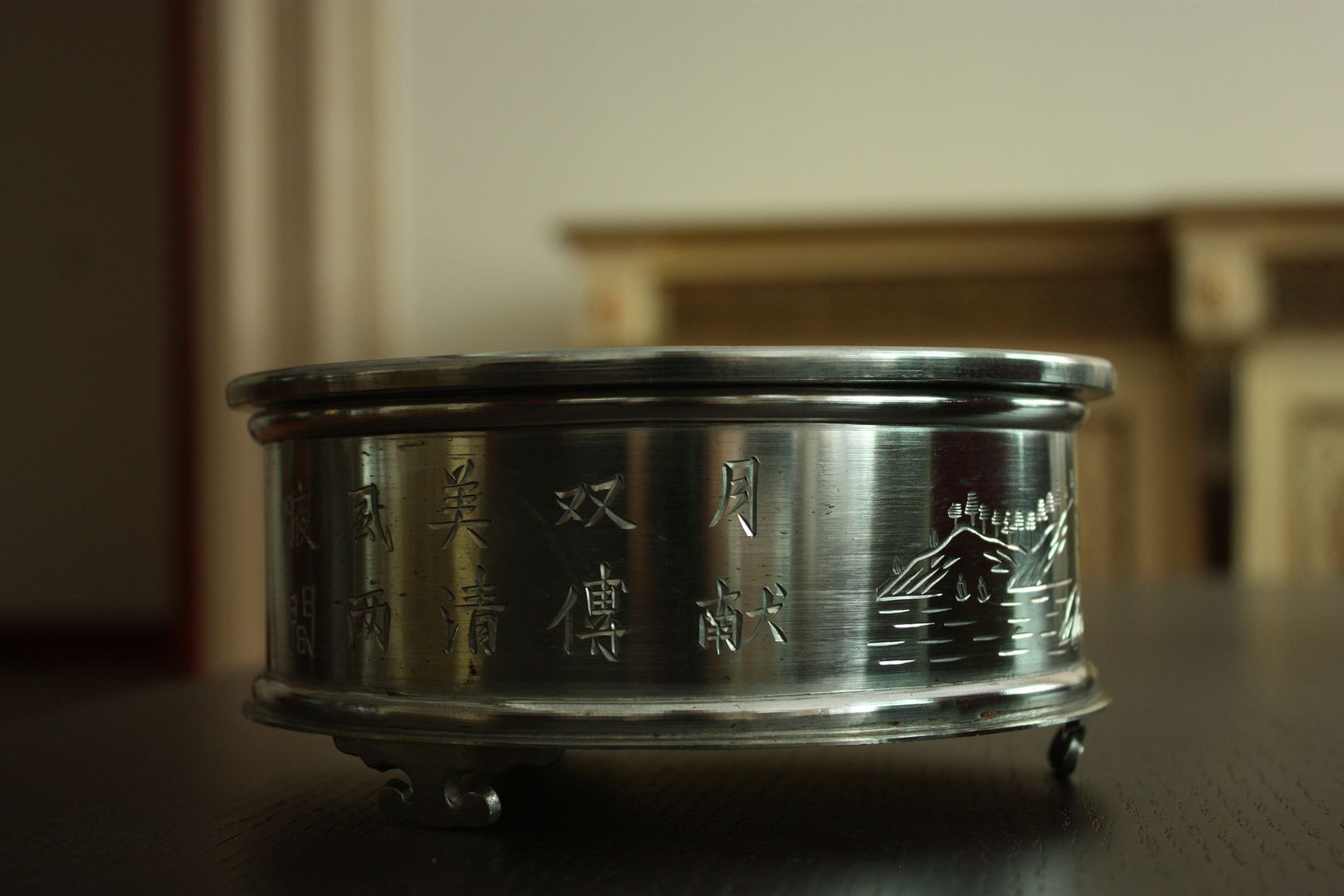
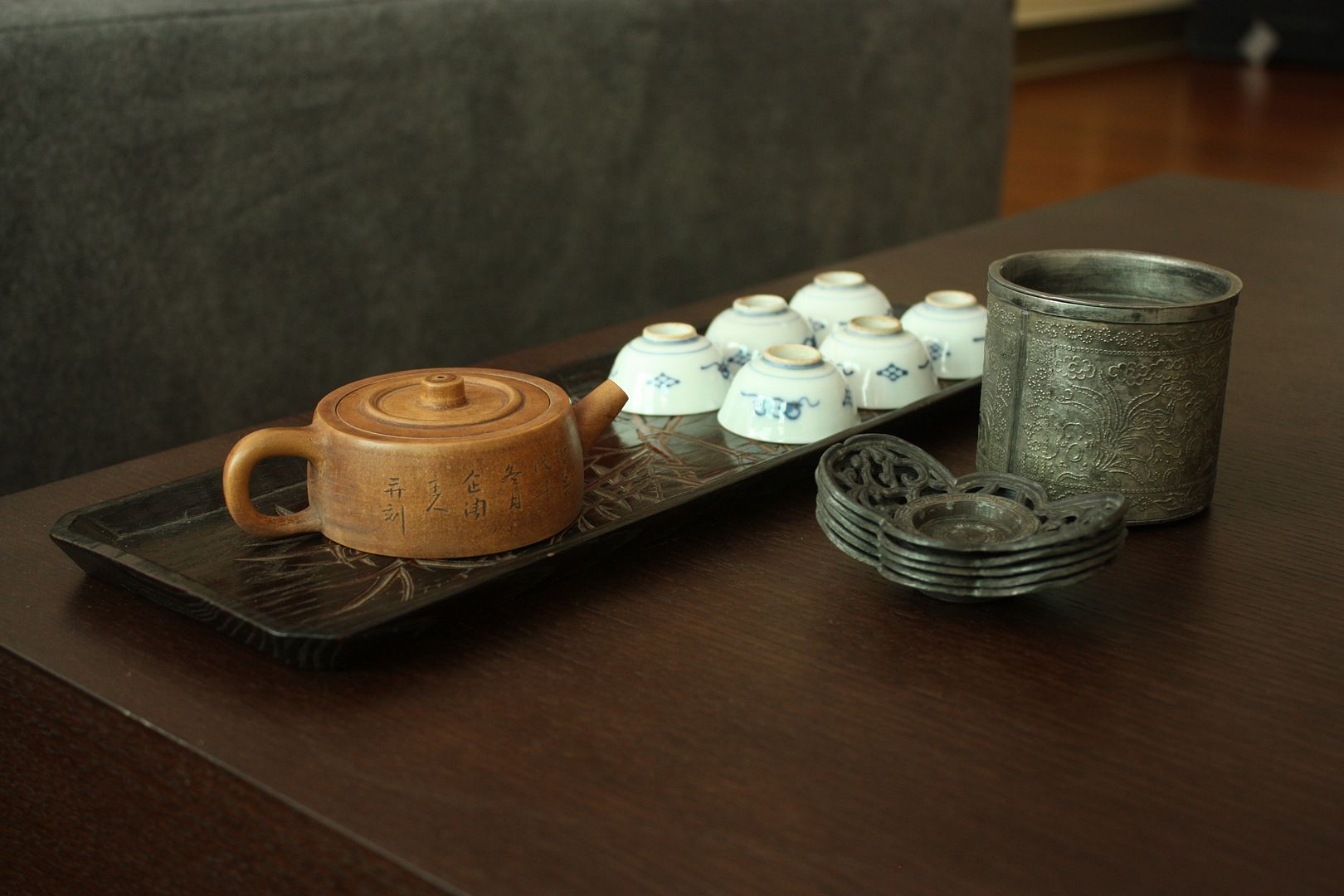
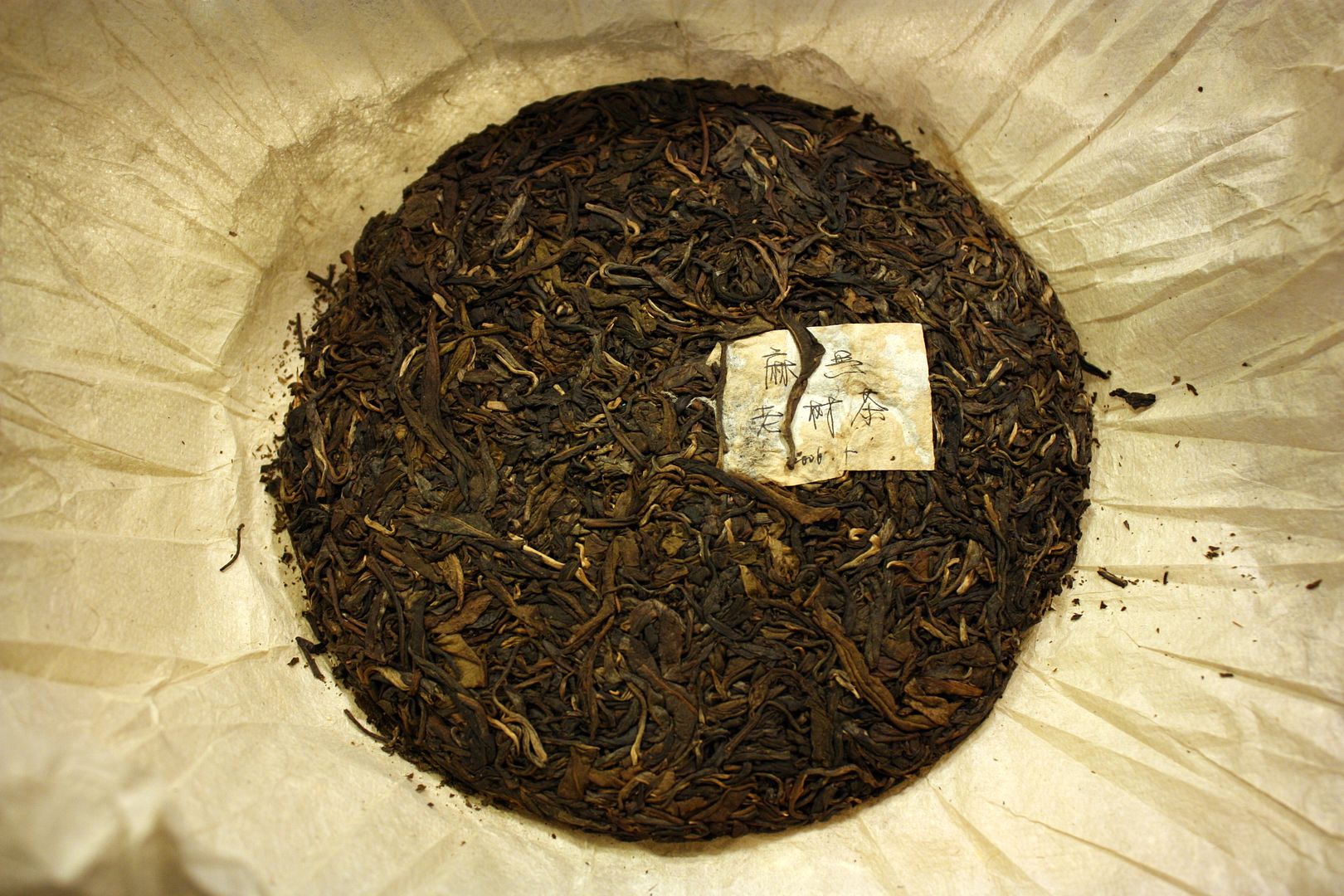
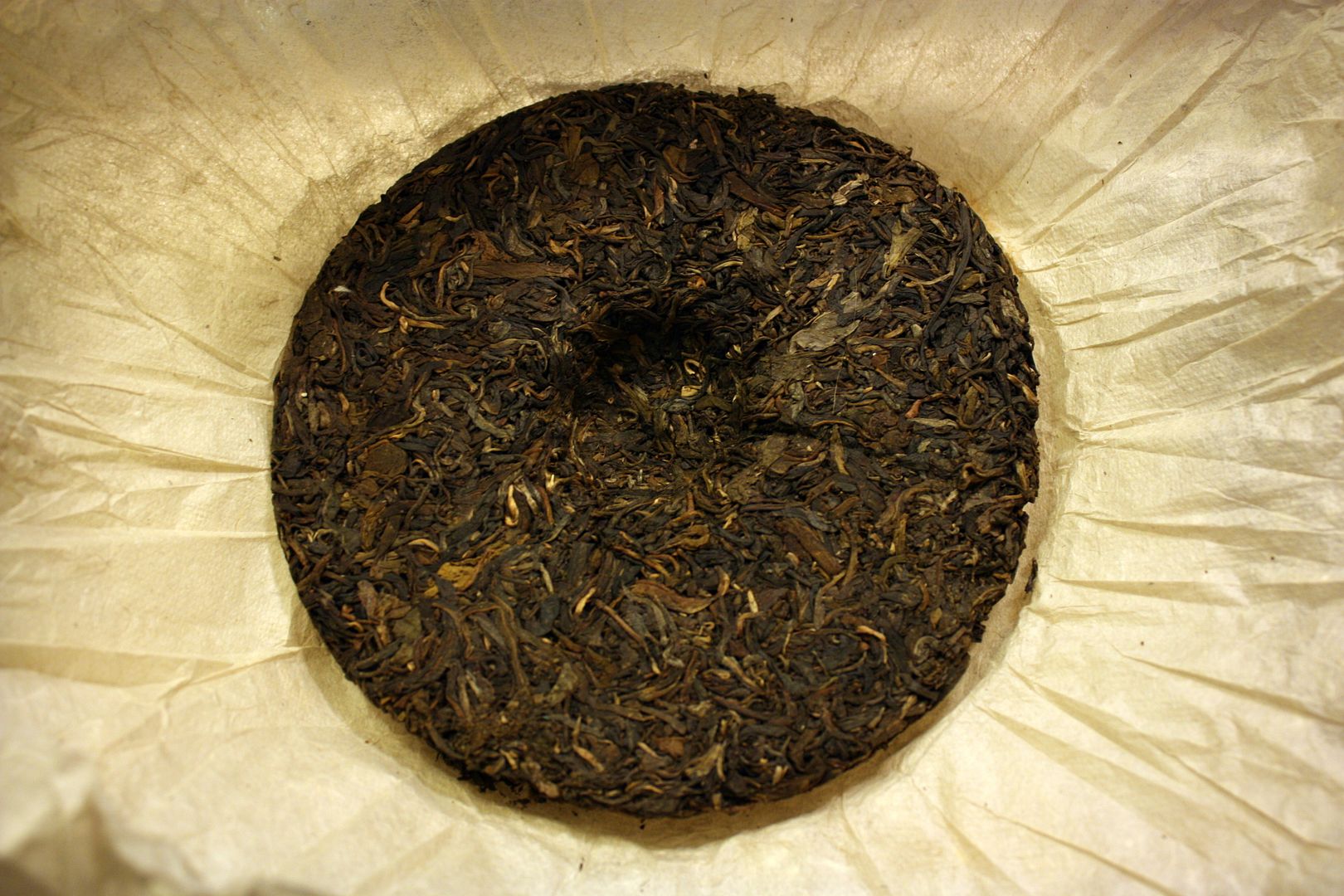
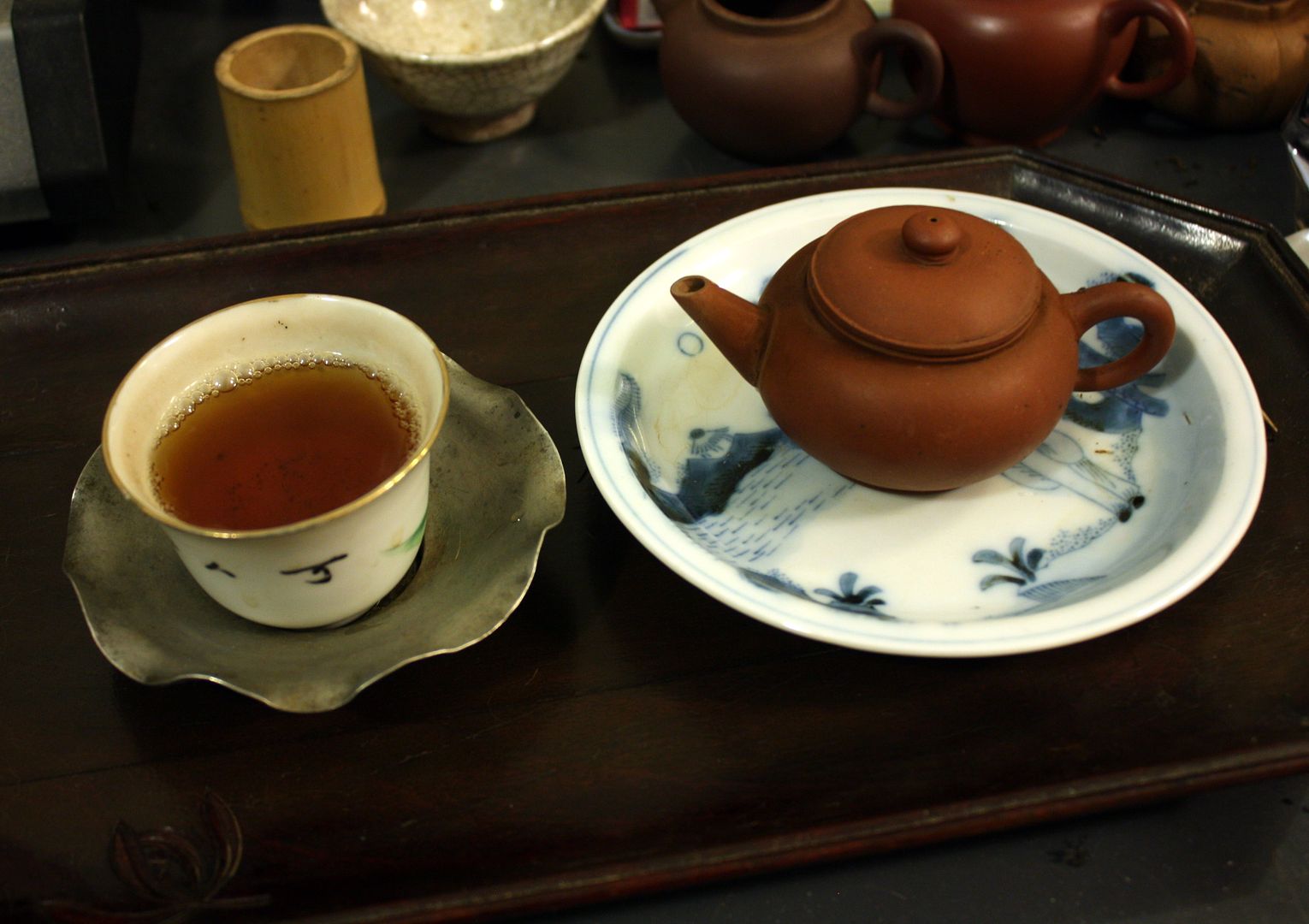
Unrelated: Thanks for still being around.